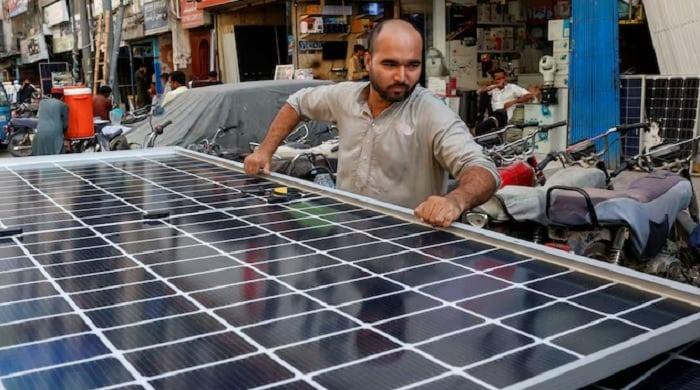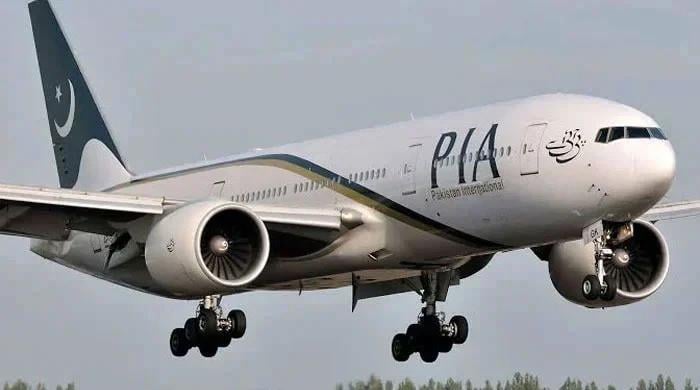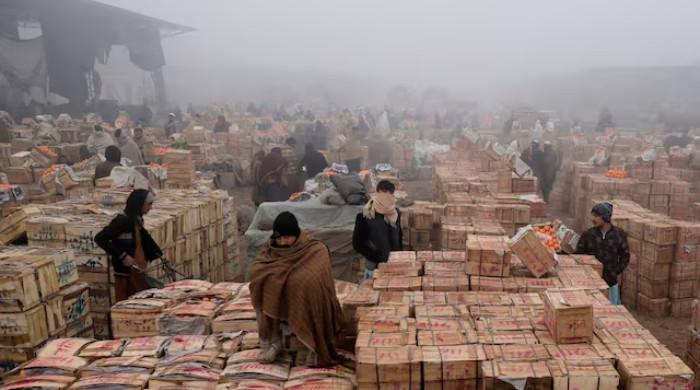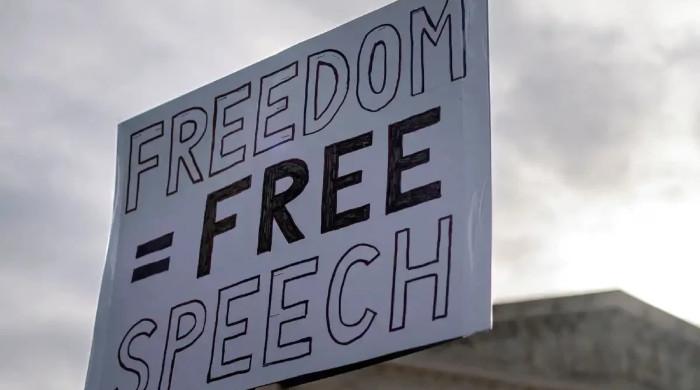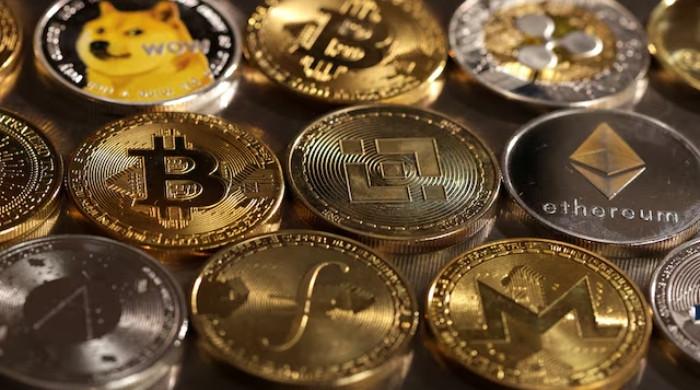When Musharraf asked Shehbaz to replace Nawaz
Reflecting on past, it seems establishment may have learned a valuable lesson — not to "take over" but to "take care" of the civilian setup
October 11, 2024
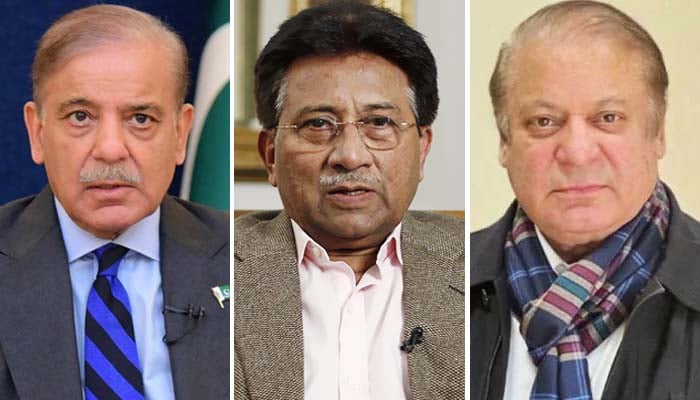
As we journey back in time, the full story of the fourth military takeover on October 12, 1999 — now nearly 25 years past — remains largely untold, shrouded in the shadows of history. Was the then prime minister Nawaz Sharif responsible for the ultimate ‘coup,’ or had the late general already made up his mind to replace him? So much so, that before the ‘takeover,’ he offered Shehbaz Sharif, his support if he replaced his brother. However, the latter not only declined but also informed his brother of the military ruler’s intentions.
After speaking to some of the key witnesses to the events of that high-strung day — riddled with “changing headlines” — it isn’t hard to conclude that while Nawaz had a reputation for having a hot-and-cold relationship with successive army chiefs, his biggest mistake was replacing General Jehangir Karamat with General Musharraf instead of General Ali Kuli Khan, who was senior to a former military dictator.
Saeed Mehdi, former principal secretary to ex-PM Nawaz, in his upcoming book, gives a detailed account of the events leading to the October 12 putsch. He confirmed to this writer that Musharraf had offered his support to Shehbaz if the latter replaced his brother and became the “Rahbar” of the party.
“Yes, it’s true. Although Shehbaz only went to see the General to clarify a statement attributed to the US, which opposed any extra-constitutional move to sack the elected government, the General suggested Shehbaz become the PM. Shehbaz was accompanied by Interior Minister Chaudhry Nisar Ali Khan,” Mehdi said, adding that his forthcoming book contains all these details.
It was perhaps at that point that Nawaz became suspicious of General Musharraf’s intentions, and he wasn’t entirely wrong.
Mehdi also recounted what happened on that fateful day. “Nawaz was returning from Multan when I got a call to meet him. On my way, I was informed that the PM had already reached Islamabad and gone to the PM House. When I arrived, for the first time, I noticed a tense Mian Sahib, who showed his displeasure at my not arriving at the airport on time,” Mehdi said.
“It was Mian Sahib, former Secretary of Defence General Iftikhar, the Military Secretary to the PM Brigadier Javed Iqbal, and I who were in the room when the Prime Minister dropped the bombshell.
“Mian Sahb said you are all under oath, and this news must not go out until I make it public. I have decided to replace Musharraf with General Ziauddin Butt [the then ISI chief].
“Although not surprising, I did ask the PM why and also advised him to consult Shehbaz, who was in the other room. But Nawaz seemed determined,” the former close aide disclosed.
While there were no serious differences between Musharraf and Nawaz, the PM was uncomfortable with him for not showing him due respect.
After Kargil, the writing was on the wall: either Nawaz or Musharraf would have to go. Before departing for Colombo, Musharraf took several close military commanders into confidence regarding the tension with the PM, giving them clear directives: “If he acts, we will react.”
Lieutenant General Amjad Shoaib, who was posted at GHQ (General Headquarters) at the time, confirmed this to me a while ago. “Yes, Musharraf took them into confidence, and they did as instructed,” he said.
Perhaps Nawaz, General Butt, and to some extent General Iftikhar, misread Musharraf as someone who lacked significant support within the army due to his ethnic background.
Former interior minister Chaudhry Nisar Ali Khan, once one of Nawaz’s closest aides until they fell out with each other over political differences, told me in an interview that he and Shehbaz had recommended Musharraf’s name, even though General Khan was the strongest contender, being the most senior. A source also revealed that General Iftikhar had his differences with General Khan, which led him to support Musharraf’s appointment.
Pakistan’s fourth military dictatorship lasted nine years. Unlike General Zia-ul-Haq, who promised elections within 90 days after the July 5, 1977 coup, Musharraf, in his first national address, did not indicate an early return to barracks. Both Zia and Musharraf gained legitimacy through the Supreme Court, which was staffed with those judges, who had taken oath under PCO (Provisional Constitutional Order). While Zia remained a conservative military dictator, Musharraf was considered a ‘liberal dictator.’ Yet both illegally seized power and were legitimised by a compromised judiciary, ultimately being remembered as usurpers in Pakistan’s political history.
General Zia was killed in a plane crash on August 17th, 1988, along with several other Generals and the then-US Ambassador. General Musharraf, who had no intention of relinquishing power, was eventually forced to step down, but not before the tragic assassination of former prime minister Benazir Bhutto. Musharraf passed away during self-exile in Dubai after a prolonged illness and was buried in Karachi in the army’s graveyard.
Reflecting on the past, it seems the establishment may have learned a valuable lesson — not to "take over" but to "take care" of the civilian setup by filling in the gaps and playing a stabilising role.
As for politicians, they have come to realise that the slogan "Taqat Ka Sarchashma Awam" (the people are the source of all power) is more of a myth than a reality. So, long live democracy under the hybrid system.
Disclaimer: The viewpoints expressed in this piece are the writer's own and don't necessarily reflect Geo.tv's editorial policy.
The writer is a columnist and an analyst for GEO, Jang, and The News. He tweets @MazharAbbasGEO




